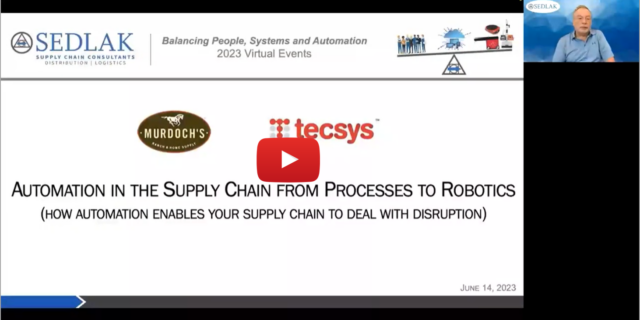Change Management: A Critical Component of Project Success
June 10, 2016 By: Senior Management | Topics: Change ManagementEvery project or client initiative involves change. At Sedlak, we understand that the willingness of people in an organization to accept and adapt to that change can make the difference between success and failure. Sedlak consultant Lisa Betts recently completed an intensive certification course in change management from Change Guides. She provided some insights in the Change Guides spring newsletter and shares them again here.
Have you approached projects differently after the certification? If so, how?
Change Management Certification has made me think differently about how I do my job. I am constantly thinking about where people are on the commitment curve and considering the various tools that might apply to a given situation. Although I am a consultant tasked with driving change in other organizations, I have been discussing with the president of my company about how we can use change management tools internally as the company works to expand its service offerings and build a new brand.
What advice do you have for others trying to drive change?
Persistent communication is the key. When a client hears that change is necessary, the first reaction is to find all the reasons it won’t work. This is especially interesting since the reason we are hired is to recommend change. Providing a consistent message over time and allowing two-way communication helps to allay the fears of the client. I have found that the same message to the same person can be received differently after some time has passed. The first time the message is heard there is a lot of resistance. Once the client has some time to come to terms with the change, they can truly hear what you have to say and begin to take steps to make the change happen. Not only is this true with the executives driving change, it is equally true to all those affected by the change.
With my current client, I am currently tasked with getting management to embrace that change is needed, sooner rather than later. The most important thing that I have used thus far was to create a sense of urgency among the executives to move them along the commitment curve from Understanding toward Desire. This movement has them working to determine how they can make the change successfully rather than contemplating why the various options won’t work.





